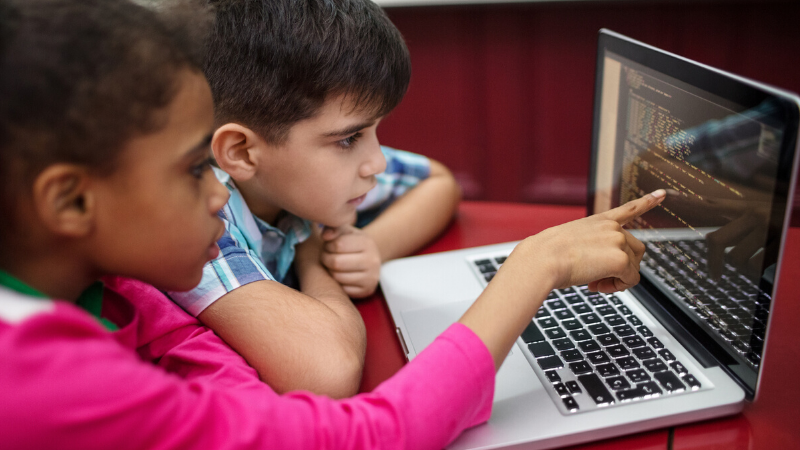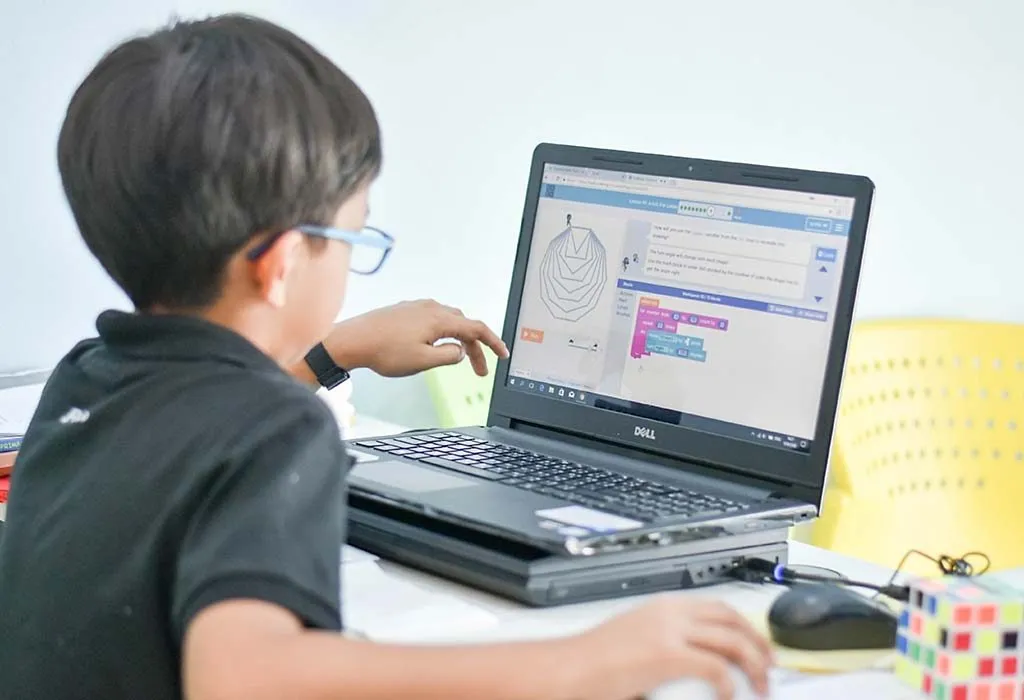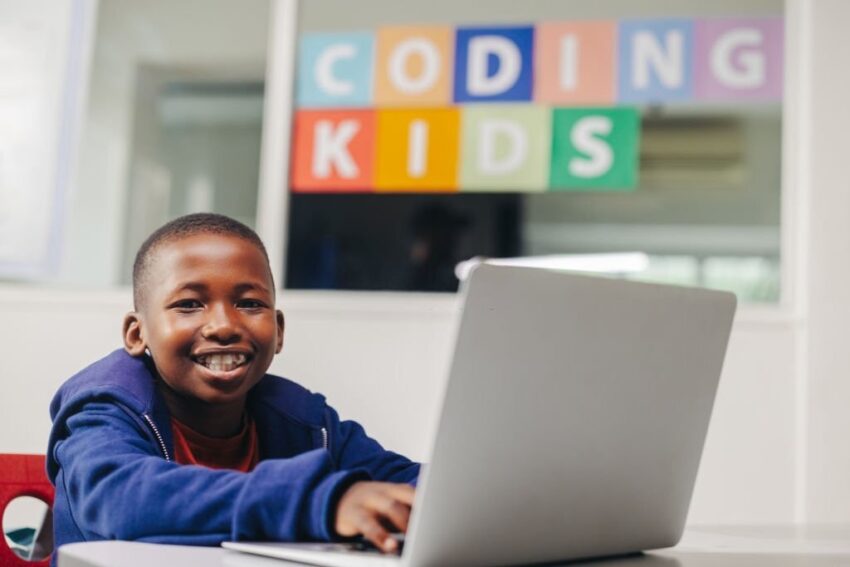In today’s digital age, coding is no longer a skill reserved for computer scientists alone; it’s become a fundamental literacy.
For kids, learning to code is like gaining a superpower to bring their imaginative ideas to life. However, the challenge lies in making the journey of learning code as exciting as the destination.
This blog post explores engaging and fun ways to teach coding to children, turning what might seem like a daunting task into an adventurous and rewarding experience.
By integrating interactive projects into the learning process, we can transform the way kids view and engage with coding, making it accessible, enjoyable, and incredibly fulfilling.
Why Start Young?

Starting young harnesses the natural curiosity of children, making them more open to learning and experimenting. When kids are introduced to coding, they’re not just learning a technical skill; they’re learning a new way to think. Coding teaches logical thinking, problem-solving, and perseverance.
Encountering bugs and learning to troubleshoot them can be a profoundly empowering experience, teaching kids that they can tackle complex problems with patience and creativity.
Moreover, early exposure to coding can ignite a passion for technology and innovation. It can lead to a lifelong engagement with STEM (Science, Technology, Engineering, and Mathematics) fields, areas that are increasingly important in our technology-driven world.
The skills children learn while coding, such as analytical thinking and creative design, are transferable to numerous other disciplines, making coding a versatile and valuable skill to have.
Interactive Coding Projects: The Key to Engagement

Interactive projects lie at the core of making the process of learning coding enjoyable and captivating for kids. These dynamic endeavors provide children with the opportunity to witness the outcomes of their code in real time, rendering the process of learning coding both visible and tangible.
Games are something every child loves, and the opportunity to create their own can be a powerful motivator. Simple projects, like designing a basic version of Pong or a simple platformer, teach the fundamentals of coding such as loops, conditionals, and variables. As kids tweak the game mechanics and visuals, they get instant feedback on their work, which is incredibly satisfying and encourages further experimentation.
For a more hands-on approach, projects involving robotics and physical computing can make the abstract concepts of coding tangible. Using platforms like LEGO Mindstorms or Arduino, kids can program robots or electronic devices to perform tasks and respond to the environment. This brings code to life in the real world, bridging the gap between digital and physical spaces.
Such projects emphasize the importance of sensors and input/output devices, teaching kids about the interaction between software and hardware. This knowledge demystifies the gadgets and technologies kids use daily, giving them a deeper understanding and appreciation of the devices in their lives.
Conclusion: The Joy of Coding

Teaching coding to kids through interactive projects is not just about preparing them for a future job market; it’s about opening their minds to new ways of thinking and problem-solving. It’s about making them creators, not just consumers, of technology. By engaging kids with fun, hands-on projects, we can demystify coding, making it accessible and enjoyable for everyone.

